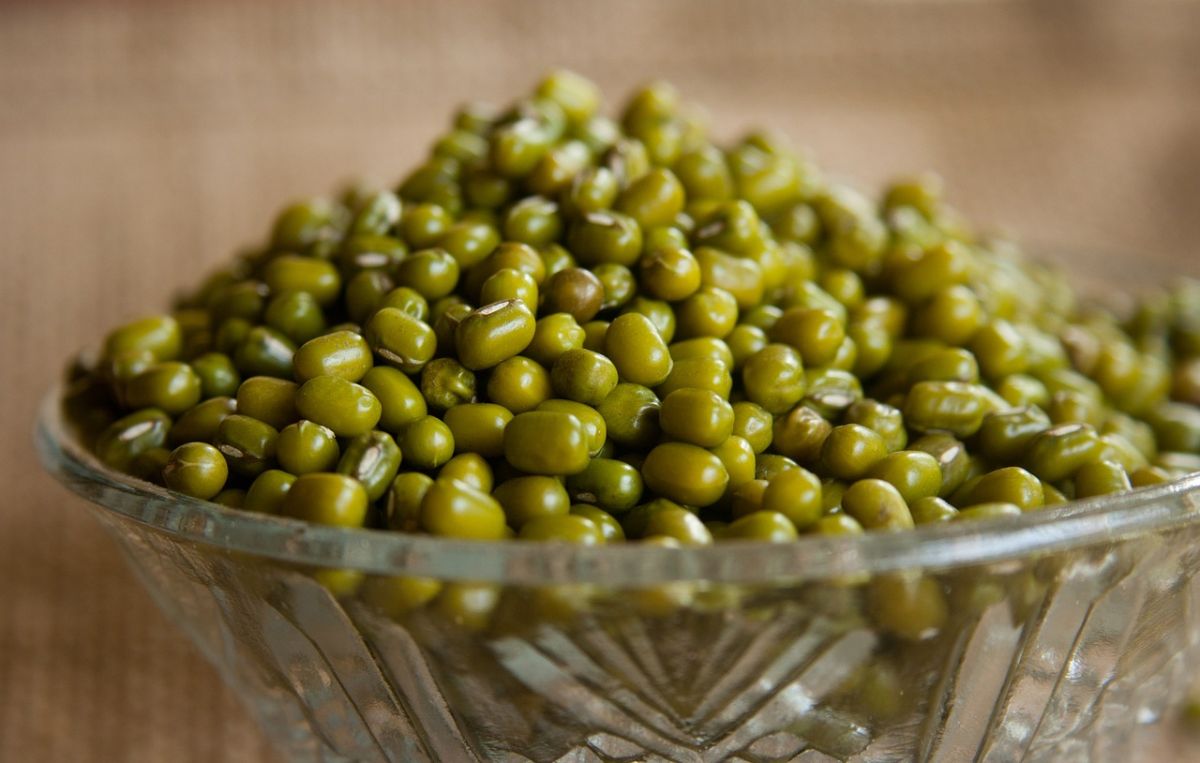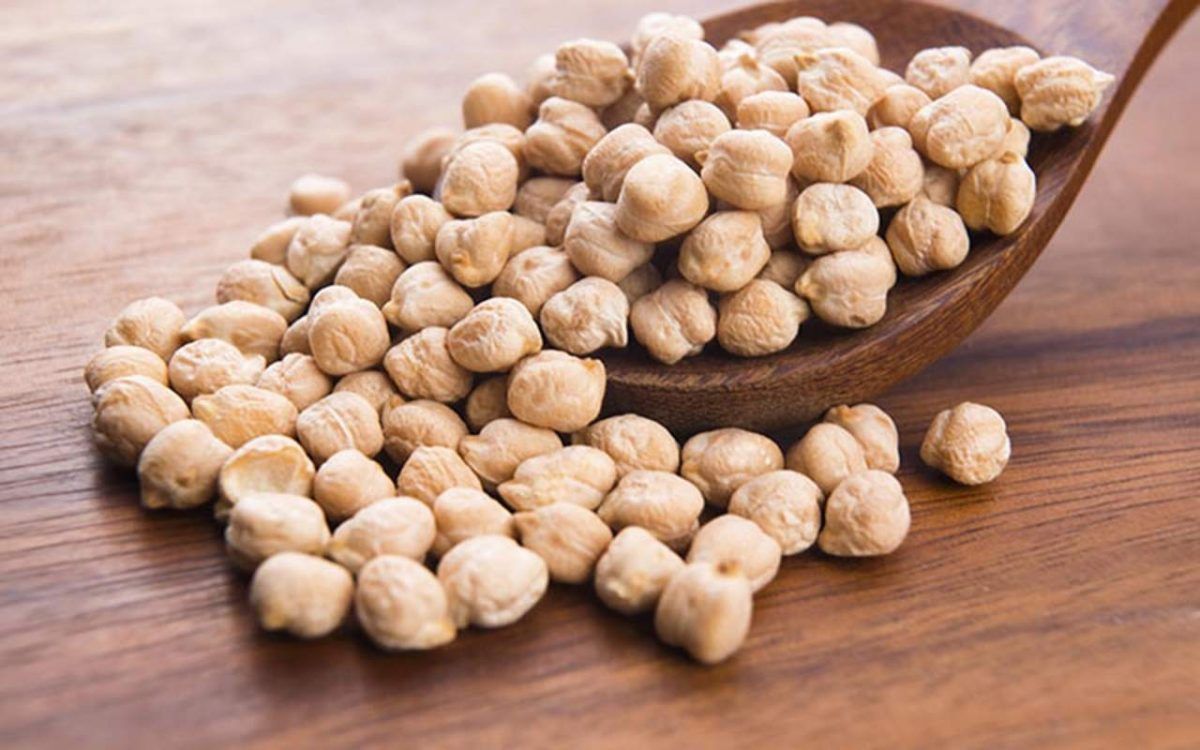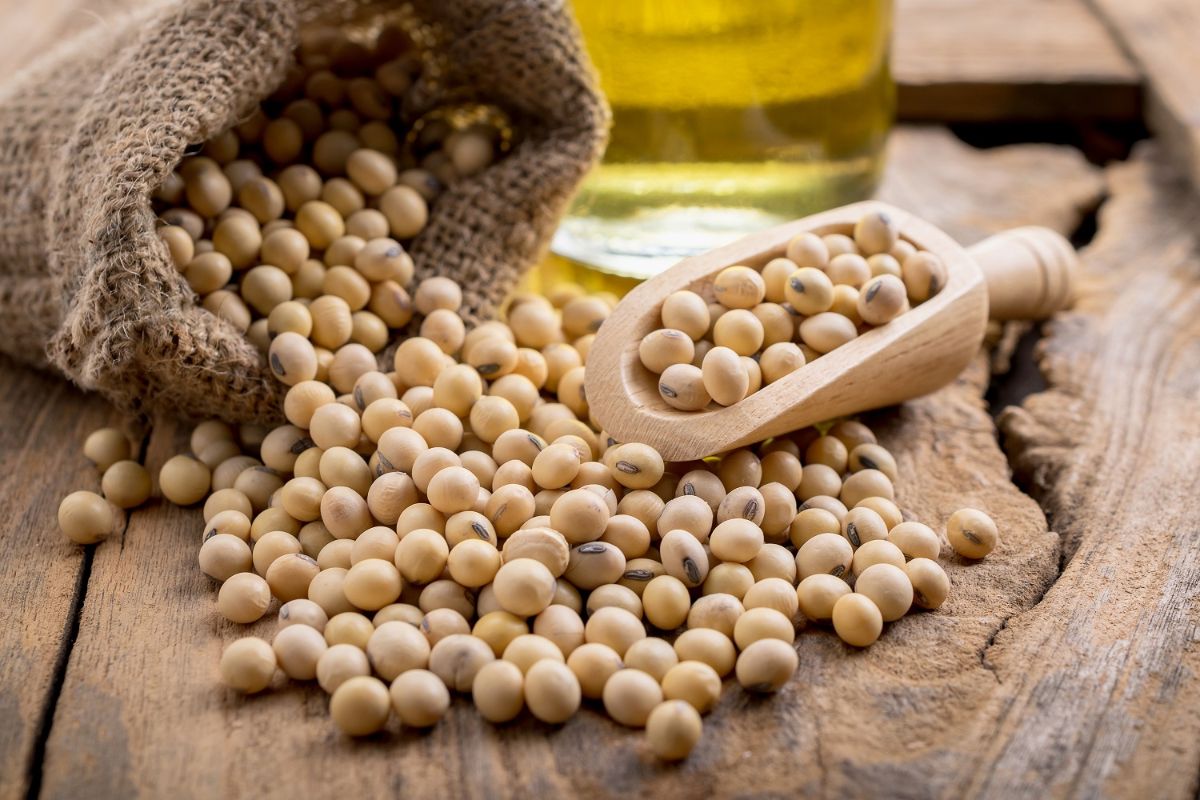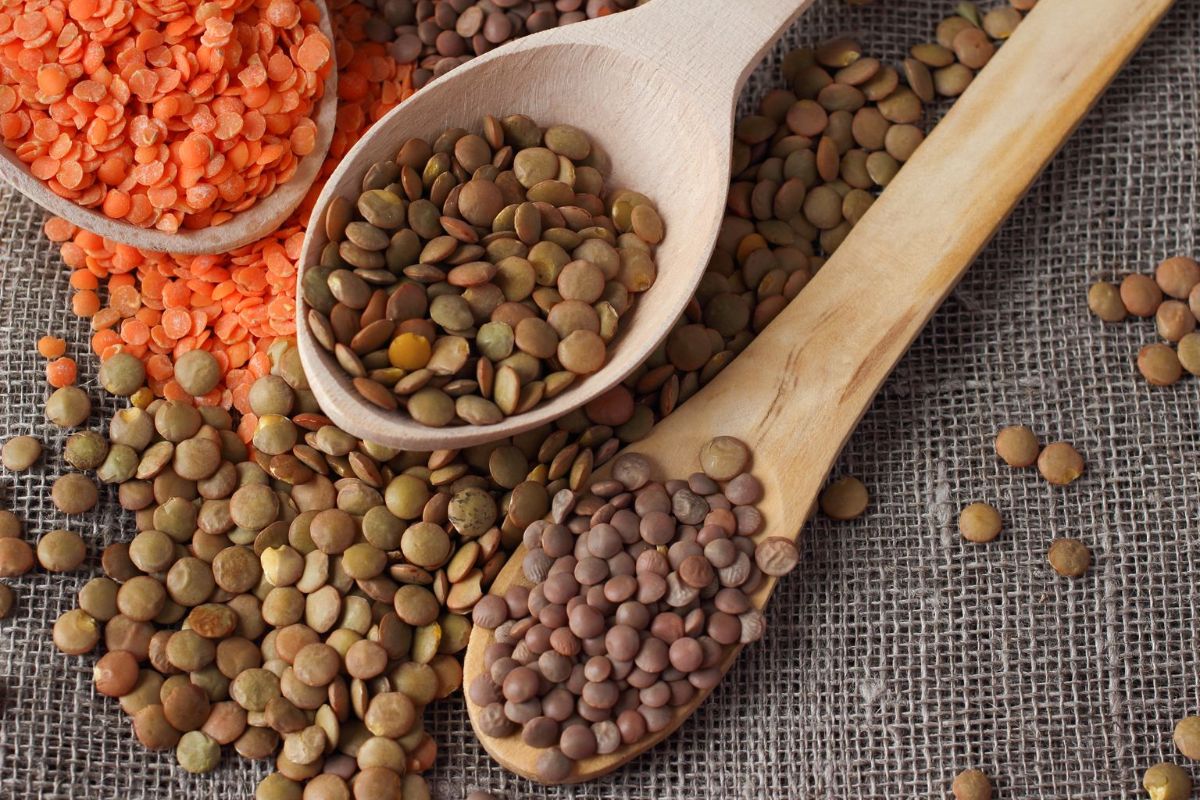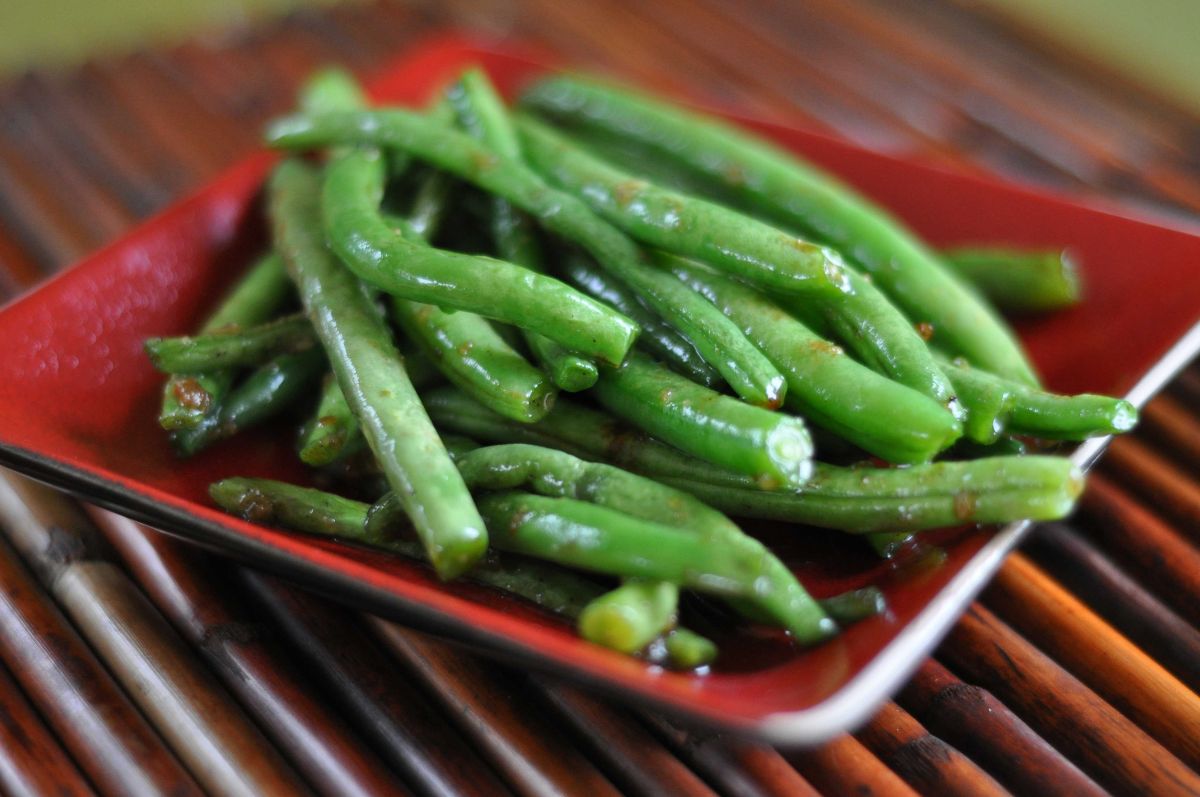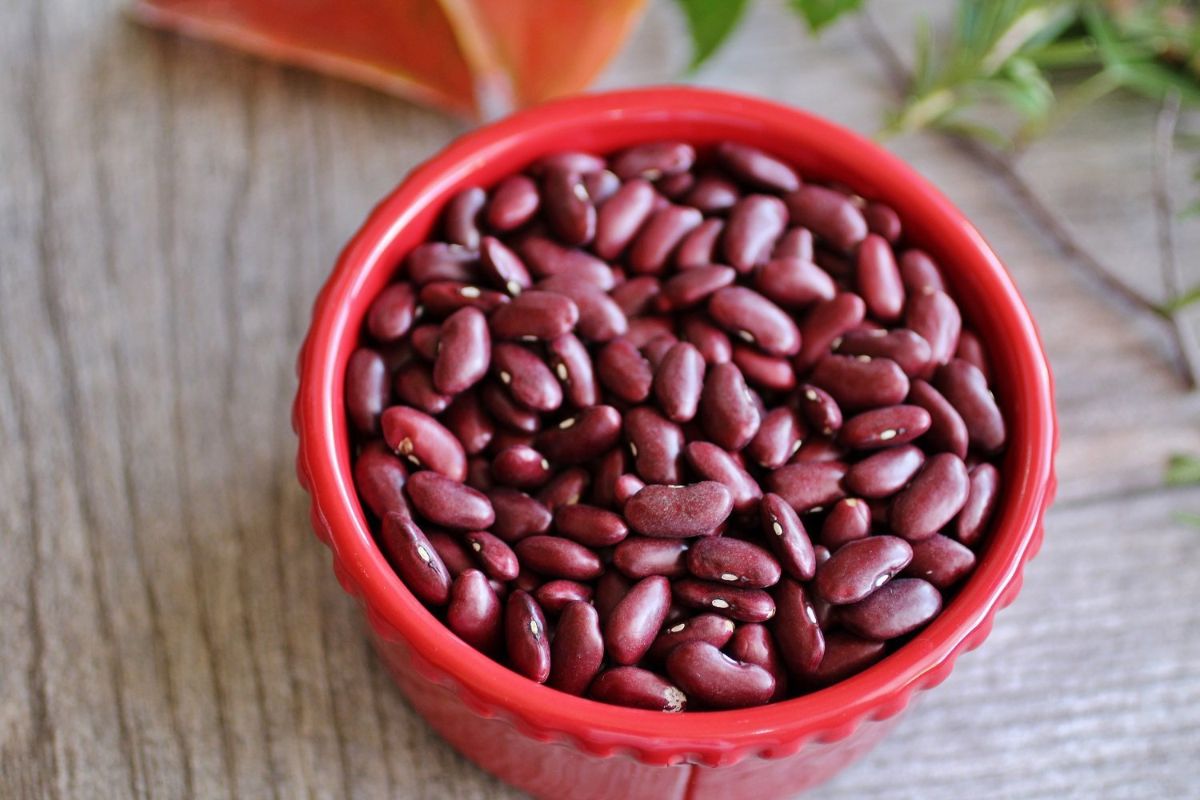What legumes are useful for the body — 5 properties (based on science)
Beans are fruits or seeds of legumes that are used for food all over the world. They are rich in fiber, vitamins and minerals. They are also widely used as a source of vegetarian protein to replace meat.
According to scientists, legumes have important beneficial properties for health. They are able to prevent many diseases from the gastrointestinal tract and cardiovascular system, reduce the risk of cancer and have a positive effect on body weight.
Types of legumes
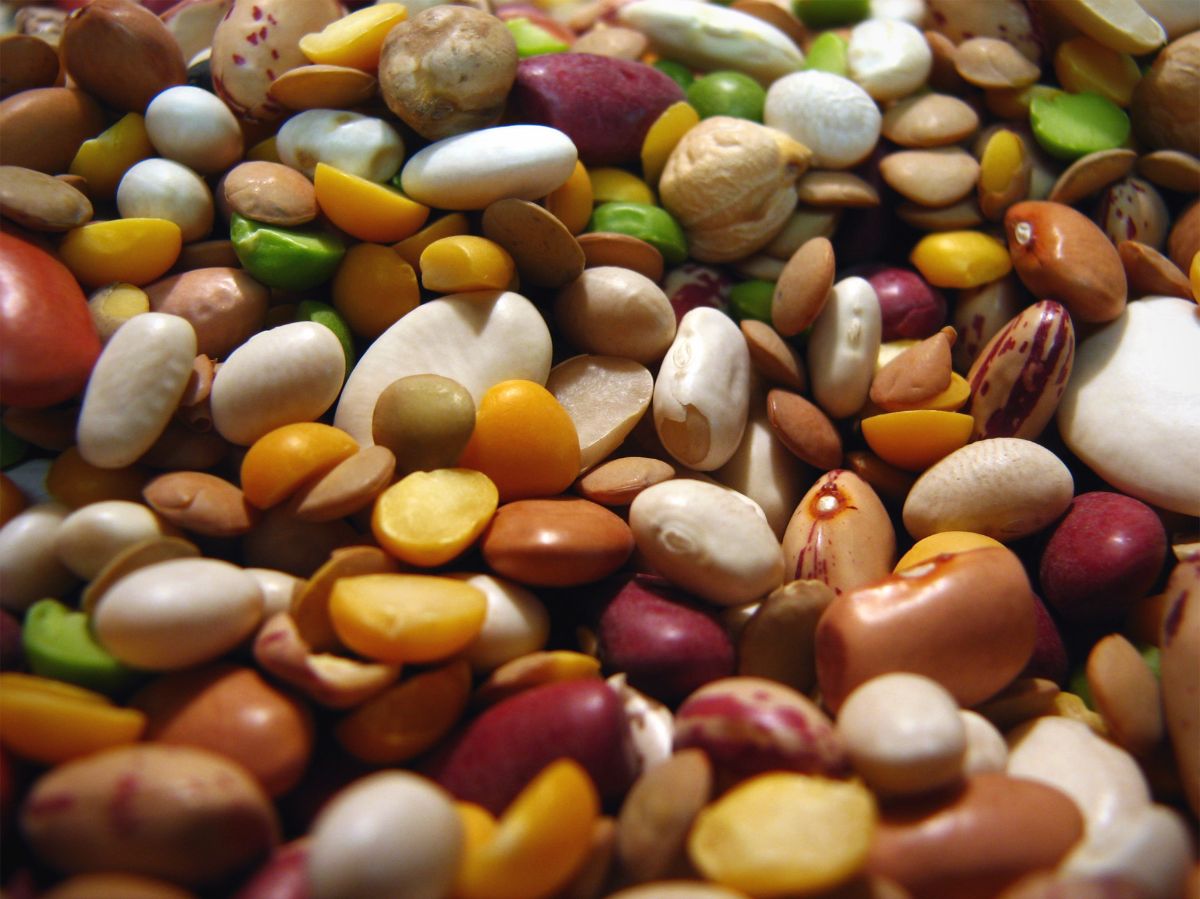
There are several of the most common representatives of the Legume family. Among them there are herbs and cereals:
- Soybeans . It is grown in almost all corners of the globe, contains a lot of proteins and fats, and is excellent for feeding animals.
- Peas . Is used in the diet of humans and for feeding animals. As a feed, it is used in the form of crushed grains, hay or silage.
- Beans . Is characterized by a high content of amino acids, vitamins and minerals. It can be consumed in its pure form or preserved for long-term storage.
- Lentils . The culture is rich in minerals and folic acid. It is especially useful for the elderly and pregnant women.
- Chickpeas . Chickpeas are the most common representative of the Legume family. A lot of food is produced on the basis of cereals.
- Esparcet. Is used exclusively as animal feed in the form of seeds or ground mass.
- Fodder peas. Is used in the form of silage or feed for different types of animals.
- Lupin. The culture is distinguished by an extremely high protein content. It is a special top dressing for animals.
- Meadow or red clover. A perennial herbaceous plant, used as a valuable forage herb.
- Feed beans. The culture protein is perfectly absorbed and contains almost all the essential groups of amino acids. Such beans are usually intended for feed.
- Peanuts are ordinary. Peanut seeds contain valuable oils, are rich in minerals and proteins. They are more often consumed fried.
5 useful properties
All legumes are a unique and extremely affordable source of protein and omega–3 fatty acids, as well as some vitamins and minerals.
Below are the 5 main facts about the benefits of beans (based on the evidence base).
1. Contain nutrients
 All legumes, without exception, &8212; rich sources
protein and dietary fiber. Proteins contain many essential amino acids that cannot be obtained from other plant foods.
All legumes, without exception, &8212; rich sources
protein and dietary fiber. Proteins contain many essential amino acids that cannot be obtained from other plant foods.
It also contains many vitamins of group B (mainly B9), C, nicotinic acid, as well as macro– and microelements (potassium, calcium, magnesium, phosphorus, iron, manganese, copper, selenium and zinc).
Omega-3 polyunsaturated acids deserve special attention. On average, 100 grams of beans satisfy the daily need for them by 15-90%. Omega-3 acids reduce the risk of developing cardiovascular and endocrine disorders.
2. Normalize the work of the intestine
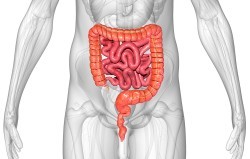 Legumes contain dietary fiber
, which maintain adequate motor activity of the smooth muscles of the gastrointestinal tract, ensuring fast and unhindered passage of food in the lumen.
Legumes contain dietary fiber
, which maintain adequate motor activity of the smooth muscles of the gastrointestinal tract, ensuring fast and unhindered passage of food in the lumen.
Fiber also regulates the composition of the intestinal microflora. Being food for friendly microorganisms, it increases their number; inhibits the growth and reproduction of pathogenic representatives of microbiocenosis.
Experts from the Netherlands installed that during the interaction of dietary fibers with bacteria, special short-chain acids are formed. They restore metabolism at the level of colonocytes, significantly reduce the risk of developing malignant tumors and autoimmune disorders.
3. Improve the health of the heart and blood vessels
 Installed that people who regularly consume beans are less likely to suffer from cardiovascular diseases (coronary heart disease and myocardial infarction, strokes, chronic cerebral ischemia).
Installed that people who regularly consume beans are less likely to suffer from cardiovascular diseases (coronary heart disease and myocardial infarction, strokes, chronic cerebral ischemia).
Research demonstrate that beans and other legumes do reduce the risk of coronary heart disease and death from it.
These therapeutic properties are based on the correction of the lipid profile. Beans effectively reduce Total cholesterol level , as well as its atherogenic fractions (TAG, LDL, VLDL). As a result, conditions are not created for the deposition of cholesterol crystals in the inner wall of the arteries and the formation of atherosclerotic plaques that partially or completely block the blood flow.
4. Help to lose weight
 As mentioned above, beans are sources of protein and fiber.
As mentioned above, beans are sources of protein and fiber.
Fiber plays an important role in maintaining metabolism at the level of the digestive tract wall. Dietary fiber prevents excessive absorption of nutrients and inhibits chronic inflammation.
According to research data, proteins, entering the body, cause rapid stretching of the stomach wall and depress the hunger centers in the brain. As a result, the body requires significantly less food over the next few hours.
5. Prevent cancer
 All representatives of the Legume family act
similar to antioxidants.
All representatives of the Legume family act
similar to antioxidants.
They neutralize the effects of free radicals on cells, during which the latter die or degenerate into malignant ones.
Beans also inhibit chronic inflammation, which plays an equally important role in the appearance of cancer processes in the body.
Chinese scientists installed that legumes are really able to reduce the risk of colon and rectal cancer. There is evidence of efficacy against malignant degeneration of breast tissue and reproductive organs in women, as well as prostate in men.
The inclusion of legumes in the diet reduces the likelihood of malignant tumors.
Possible harm
 The most common adverse effect of eating legumes is allergic reactions. They can manifest themselves in different ways and are caused by the sensitization of the body to individual proteins of the product.
The most common adverse effect of eating legumes is allergic reactions. They can manifest themselves in different ways and are caused by the sensitization of the body to individual proteins of the product.
Less common harmful properties include:
- Dyspeptic disorders. Are caused by excessive consumption of beans, which are abundant in fiber and proteins. Activation of fermentation and putrefaction processes contributes to the appearance of heartburn, belching, bloating, stool disorders (diarrhea or constipation), increased gas discharge.
- Poisoning. There are toxic components in the tissues of some legumes. With inadequate heat treatment, they can provoke signs of poisoning: nausea, vomiting, general weakness, severe headaches.
Beans have contraindications and their use is associated with some risks of harm to health, which must be taken into account.
Selection and preparation
 It is better to buy beans in their original packaging. You should pay attention to the labeling, which indicates the terms and rules of storage (check their compliance).
It is better to buy beans in their original packaging. You should pay attention to the labeling, which indicates the terms and rules of storage (check their compliance).
High-quality beans must meet the following criteria:
- Smooth surface, non-condensing;
- The same size, shape and color of all beans;
- Absence of secondary substances (twigs, dried leaves) and black, white or other plaque on fruits (a sign of bacterial or viral infection);
- Click edition when clicking on bean flaps.
Legumes should not be consumed in their pure form (they can cause poisoning due to the presence of toxic substances in the composition).
Of all the cooking options, boiling is the most useful (biologically speaking). Steaming and baking are also acceptable. It is better to give up fried beans.
Before cooking, the beans are pre-soaked for a day in cold water, which must be changed every 5-6 hours to avoid the appearance of rotting processes.
Before cooking, the cereal is filled with water (a ratio of 1 to 5-8). It is brought to a boil and simmered over low heat for 30 minutes to 2.5 hours (depending on the variety).
It is acceptable to add various spices (ginger, turmeric, pepper, salt). Boiled beans are perfectly combined with any vegetables, porridges, noodles and other pasta, meat or fish dishes.
Sprouted beans are also popular. Sprouts can be bought at the store, or beans can be sprouted at home.
Conclusion
Thus, all varieties of beans contain a lot of nutrients (vitamins, minerals, antioxidants, proteins, omega-3 polyunsaturated acids).
With regular inclusion in the diet, they can improve health and prevent the development of a number of diseases from the cardiovascular and digestive systems, reduce the risk of malignant tumors, and normalize body weight.
